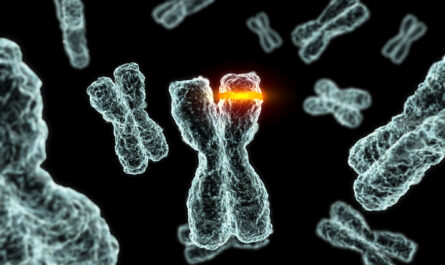The precise brain region responsible for this sensory hypersensitivity remains elusive, making effective treatment a challenge. A research team led by Directors Kim Eunjoon of the Center for Synaptic Brain Dysfunctions and Kim Seong-Gi of the Center for Neuroscience Imaging Research at the Institute for Basic Science (IBS) has recently identified the primary cause of sensory hypersensitivity in an ASD mouse model with a mutation in the Grin2b gene. Autism Spectrum Disorder (ASD), which affects approximately 1 in 36 individuals, is characterized by social interaction and communication difficulties, and sensory hypersensitivity experienced by around 90% of patients. This sensory dysfunction, which results in heightened or diminished responses to common stimuli like sound, light, and touch, significantly impacts daily functioning and contributes to stress and social withdrawal.
The Grin2b gene encodes the GluN2B subunit of NMDA receptors, which play a crucial role in synaptic transmission and neural plasticity. The researchers hypothesized that the Grin2b gene mutation in mice would induce ASD-like phenotypes, including sensory abnormalities.
To explore this, the researchers employed activity-dependent markers and functional magnetic resonance imaging (fMRI) to examine neural activity and functional connectivity in the brains of these mice. Their findings revealed an increase in neuronal activity in the anterior cingulate cortex (ACC), a higher-order cortical region that has been extensively studied for cognitive and emotional functions but understudied for sensory abnormalities related to brain diseases.
The ACC’s role in sensory processing and its potential link to ASD-related sensory hypersensitivity is an exciting discovery that could pave the way for new treatment approaches. Further research is needed to validate these findings in human subjects and explore potential therapeutic interventions.
*Note:
1. Source: Coherent Market Insights, Public sources, Desk research
2. We have leveraged AI tools to mine information and compile it



